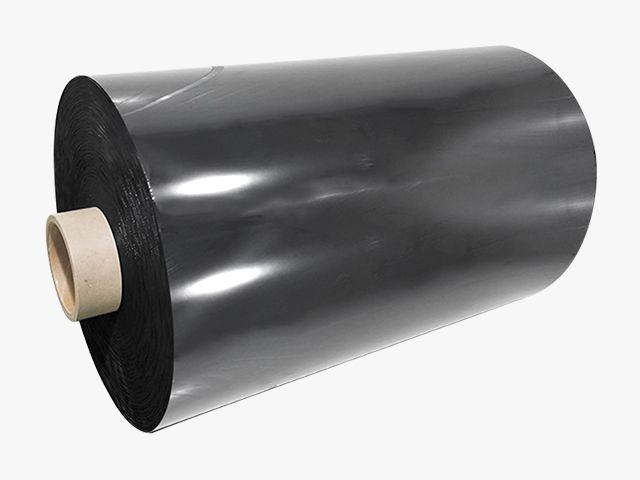Die-cutting material processing: taking polyurethane foam as an example
source: Foam Pageviews: time:Mar 18, 2024
describe:
Polyurethane foam is a porous material whose structure is composed of countless tiny bubbles. Die cutting material processing is a process that uses precision machining and cutting of materials to form customized parts of different sizes according to
Die-cutting material processing: taking polyurethane foam as an example
Polyurethane foam is a porous material whose structure is composed of countless tiny bubbles. This material has excellent shock absorption, sound insulation and cushioning properties, effectively dispersing impact forces when under pressure. Die cutting material processing is a process that uses precision machining and cutting of materials to form customized parts of different sizes according to a predetermined shape or size. Die cutting material processing covers the processing of various materials, including rubber, single and double-sided tapes, foam, plastic, vinyl, silicon, metal strips, metal sheets, optical films, protective films, gauze, hot melt tapes, Silicone etc.
Advantages of polyurethane foam:
a. Excellent buffering performance: Polyurethane foam can absorb and disperse impact forces, effectively reducing possible damage to products during transportation.
b. Lightweight and easy to process: This material is lightweight and easy to handle, while it can be cut and shaped according to needs.
c. Good sound insulation performance: The porous structure of polyurethane foam helps absorb and block noise.
d. Moisture-proof and shock-proof: This material can still maintain good performance in humid environments and provide long-lasting protection for the product.
e. Environmentally friendly: Polyurethane foam can be recycled to reduce the impact on the environment.
The process flow of die-cutting processing is usually relatively simple and mainly includes the following steps:
a. Design mold
b. Make molds
c. Loading
d.Die cutting processing
e.Blanking
The cost of die-cutting processing is usually relatively low, especially in the case of mass production.
Die cutting processing can be divided into the following types according to the type of mold used:
•Flat knife die cutting: Use a flat knife die for cutting.
•Steel knife die cutting: Use steel knife die for cutting.
• Stamping and die cutting: Use stamping dies for cutting.
•Laser Die Cutting: Cutting using laser.
•Waterjet die cutting: Cutting using a high-pressure water stream.
Advantages and Disadvantages of Die Cutting Processing
advantage
•High precision and efficiency
•Wide range of applications
•Simple process
•low cost
shortcoming
•High precision requirements for molds
•Mold production costs are higher
•Not suitable for processing thicker materials
Application fields of polyurethane foam die-cut products:
a. Electronic product packaging: used to protect sensitive components from vibration and impact and improve the durability of the product.
b. Building sound insulation: used on walls, ceilings and other parts to absorb and block noise.
c. Automotive industry: used to absorb vibration, reduce noise, and improve driving comfort.
d. Sports equipment: Provide shock absorption and buffering for sports equipment to improve the safety of athletes.
e. Personal care industry: used to manufacture comfortable and breathable insoles, pillows and other products.
How to choose high-quality polyurethane foam
When choosing polyurethane foam, we should pay attention to the following points:
1. Observe whether the appearance of the foam is uniform and flawless;
2. Check whether its density meets the requirements;
3. Understand its fire performance and environmental protection standards;
4. Consider its processing performance and durability.
As a material with excellent cushioning properties, polyurethane foam has the advantages of being lightweight, soft, wear-resistant, corrosion-resistant, environmentally friendly and non-toxic. Polyurethane foam has a wide range of application prospects in terms of cushioning and application. It can protect products from vibration and impact and improve safety and comfort.


